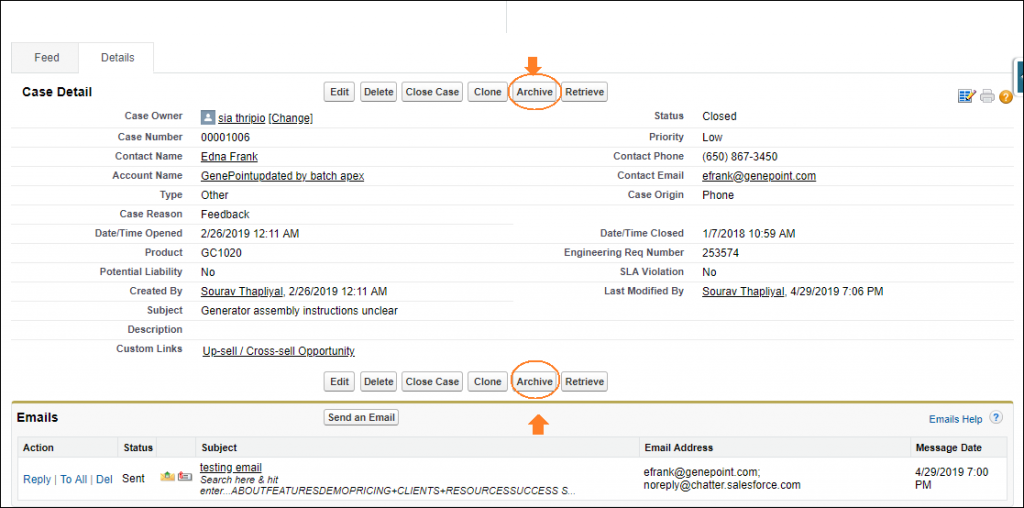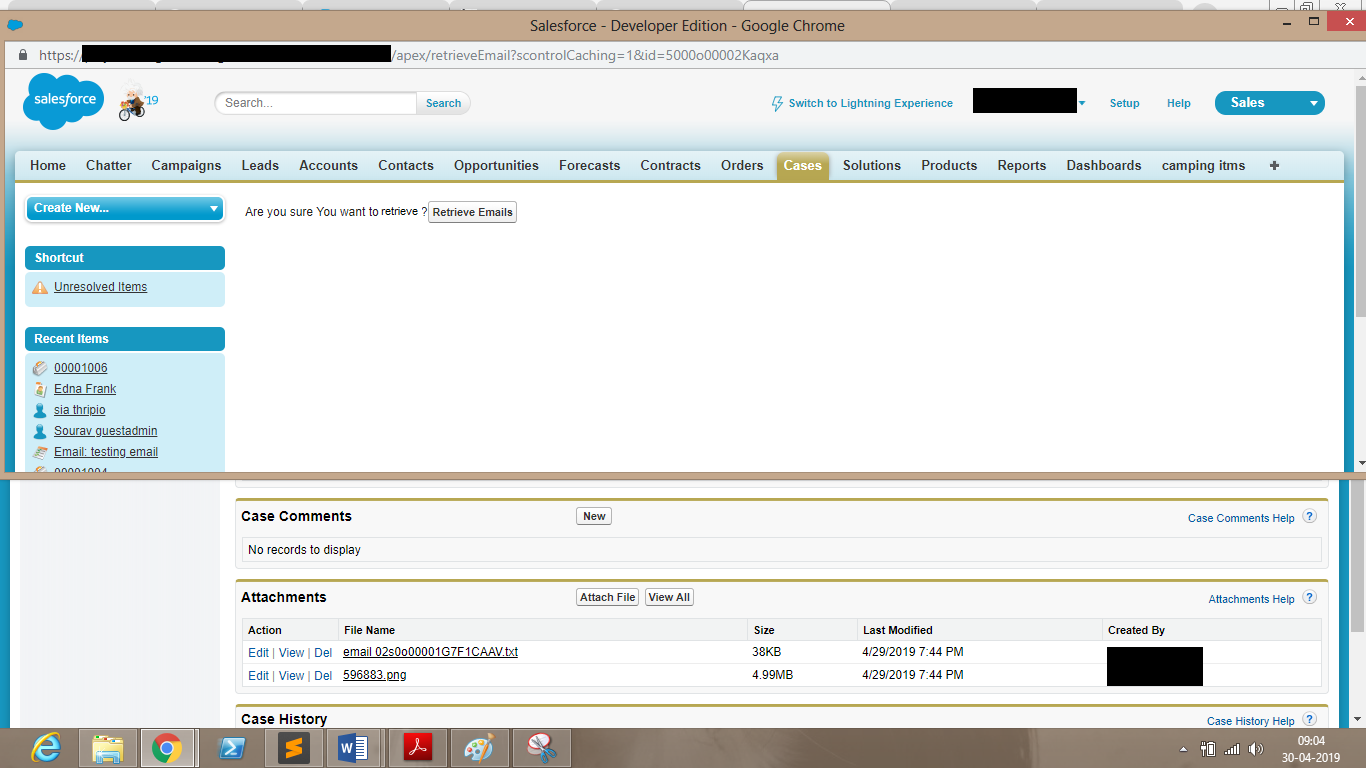

That means that the Notes & Attachments related list can contain a mix of attachments that originated in Salesforce Classic and Salesforce Files uploaded via Lightning. When you upload a file in Lightning Experience, whether it’s from the Files related list, the Notes & Attachments related list, or elsewhere, it’s uploaded as a Salesforce File. We’ll talk about your options for dealing with attachments in a little bit. To get there, we recommend converting your users’ existing attachments to files as soon as possible. Ultimately, you want to stop using attachments and the Notes & Attachments related list. It’s probably confusing to have files in two different related lists on the same record. But attachments will eventually be deprecated, so to help slow their proliferation, users can’t create new attachments in Lightning Experience.
Salesforce file storage download#
Users can still view and download their existing attachments from the Notes & Attachments related list.


In Lightning Experience, attachments are read-only.

View and Download Attachments in Lightning Experience All users can do is view and download them. Users can’t share them in Chatter or with others. They aren’t included in Files home or the Files related list. And attachments exist only in the context of the records that they’re attached to. What can users do with attachments? Attach them to records. It’s easy to see that attachments are rather limited compared to Salesforce Files.īasically, attachments are pretty limited compared to Salesforce Files. Why use Salesforce Files instead of attachments? Here’s a summary of the productivity benefits that your users get. Old habits die hard, but trust us, attachments are a habit you want your users to break. Attachments: The Flip Phones of the Files World Now let’s look at how the different types of files from Salesforce Classic are included in Salesforce Files so that you can make the move to Lightning Experience with confidence. It’s fine to use the Notes & Attachments related list while you still need access to your old notes and attachments from Salesforce Classic, but eventually you want to only use the Files related list and Notes related list. When uploading a file to either related list in Lightning Experience, it’s uploaded as a Salesforce File. In Setup, there’s an org preference to have files that are added to this list in Classic uploaded as Salesforce Files. Files added to this related list using Lightning Experience are uploaded as Salesforce Files. The Notes & Attachments related list contains notes and attachments from Salesforce Classic. It can also contain Salesforce Files. The Files related list lets your users upload files they want to relate to records. Here’s Files home, the user’s hub for managing all their files. Salesforce Files Highlightsįirst, let’s take a peek at what your users can do with Salesforce Files in Lightning Experience.
Salesforce file storage how to#
In this post, we look at how the different types of files are integrated in Salesforce Files and how to get things set up so that your users are quickly at home in Lightning Experience. We’re confident that no one will miss the complexity of juggling different kinds of files after you switch to Salesforce Files! It also integrates file access directly into the flow of your business, so users can get at the files they need from wherever they are in the app. In Lightning Experience, Salesforce Files unifies all your users’ files, documents, content, and attachments into a single system for easier management and collaboration. The answer is because there is beauty in simplicity.
Salesforce file storage pro#
Tune into the Lightning Experience Pro Tips blog series to learn about setting up Lightning Experience and how to avoid common gotchas along the way.Īs you make the move to Lightning Experience, your users might be asking why Lightning Experience lets you add only one kind of file while Salesforce Classic has several different kinds-Documents, Content, Attachments, and Files.


 0 kommentar(er)
0 kommentar(er)
